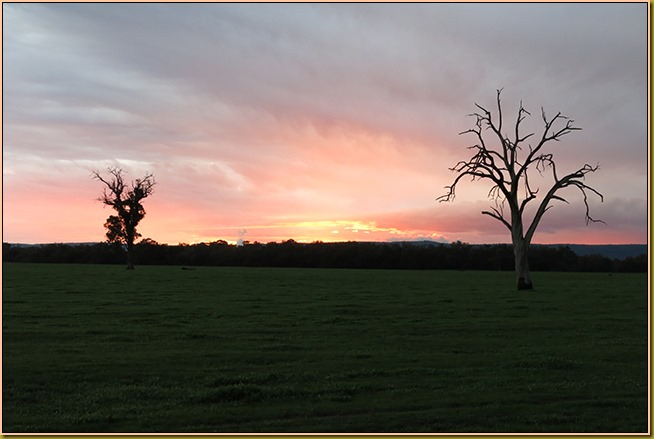Why use something like DxO Optics to process pictures?
Long time readers will know that I process most of my pictures using DxO Optics before I even begin to do any final editing using Adobe Photoshop Elements (PSE). So you might well ask the question, if they are going to be edited in PSE anyway, then why post-process them with DxO Optics in the first place?
Basically DxO Optics does lots of ‘magical’ things automatically and quickly. I may choose to keep some of the things it does, or I may turn most or all of them off or at least dial them down a bit. But just to give you a tiny taste of what DxO can do following are two pictures that demonstrate DxO’s abilities in adjusting the brightness, colour, and contrast curves for any given picture.
The first picture is directly out of the camera (except it has been resized to fit my posting width), which in this case is the Canon G15 pocket camera I recently purchased—there are previous posts all about this (just search for G15 on my site search).
With all the in camera JPG processing settings set as default the above picture is what the G15 produces. This is not the RAW; this is the JPG.
If I then post-process this using DxO Optics default settings I get the following picture produced.
Now, as I said, if I think DxO has gone a bit too far I can dial down any and all of the DxO adjustment settings—but the above shows DxO basic default processing of the image. Or if I think DxO has not gone far enough I can dial up some of the settings.
Normally now I would put the picture into PSE and make any fine-tuning changes I wanted to make. But in this case this has not been done as I want to simply show what DxO does with its basic settings.
Sure, you can make all these adjustments yourself using Lightroom or Aperture or Photoshop, and probably even using Microsoft Paint if you put enough time into it, but parsing it through DxO does this in minutes.
Also DxO can do much more than just adjust the brightness, colour, and contract curves as demonstrated in the above example. It can also remove lens distortions, artefracts, does de-fog unsharpening, and a slew of other image touch up basics. But with this posting I just wanted to show some of the more basic adjustments DxO makes.
In a future posting I will show DxO’s magical lens distortion corrections.
As a PS: This picture was taken on one of my drives down to work at sparrow-fart on a Monday morning. For those that know the South West Highway it was taken from the parking bay just after the Pinjarra round-a-bout and before the railway line crossing. If you look hard you can see the steam coming from the Alcoa Alumina refinery on the horizon.



